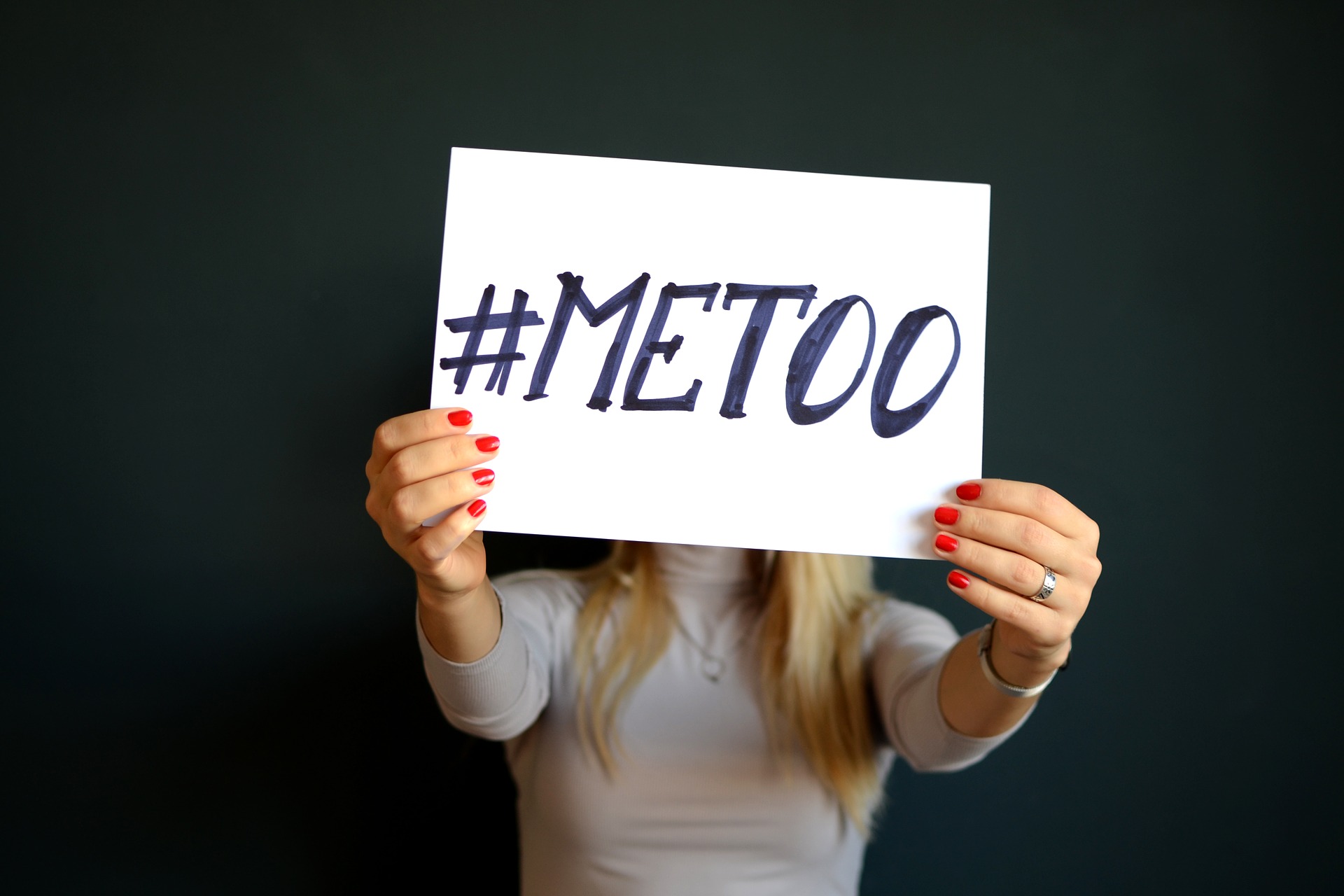
Update: As of October 1st, 2018, the New York State Government has revised its sexual harassment training requirement deadlines. Each existing employee must have their initial training completed by October 9th, 2019, not January 1st. New employees hired after October 9th, 2018 must be trained “as soon as possible” – meaning within a reasonable amount of time from their hiring date. Learn more about the updated requirements by visiting the ny.gov FAQ.
Both New York City and New York State have passed new sexual harassment training requirements for all employers and employees, making it the most expansive in the nation.
Employers will have to abide by these new rules starting next month and beginning of next year.
We’ll go over all the dates, details, and requirements below.
What are the New York State Sexual Harassment Training Requirements?
The governor of New York, Andrew Cuomo, signed the FY 2019 budget on April 12th.
It includes provisions for a variety of programs, including new sexual harassment training requirements for every single employer in the State of New York.
By October 9th 2019, employers must implement an annual sexual harassment training initiative.
Here’s a brief overview of requirements under the new law:
- Sexual harassment guidelines that conform to State standards.
- A detailed outline that shows precisely what constitutes sexual harassment.
- A list of provisions and remedies available to victims of sexual harassment through federal and state agencies.
- A display of employee rights under the law as well as access to the proper legal forms to file a complaint.
The policies you implement must conform to Section 201-g of the new labor laws.
Thankfully, the state of New York has released an initial draft of a model sexual harassment training manual that you can implement. These are the minimum requirements, so if you create your own manual, you have to meet or exceed these requirements.
Your training initiative must also be participatory, which could include interactive web-based training that:
- Asks employees questions as part of the training.
- Facilitates answering questions asked by employees.
- Requires feedback from employees about the training and its materials.
Here are a few additional points New York employers should know:
- Your employees should complete their sexual harassment training before October 9th, 2019.
- Every year at any time during the year, each of your employees must complete sexual harassment training again.
- New employees should complete their sexual harassment training within 30 days of starting work.
- You should teach sexual harassment training classes in the language of the employees taking the training.
What Is the Stop Sexual Harassment in NYC Act and Its Requirements?
Only a month after Governor Cuomo signed the NY state sexual harassment laws, NYC Mayor Bill de Blasio signed the Stop Sexual Harassment in NYC Act on May 9th, 2018.
Any employer with 15 or more employees (which includes interns) is now required to provide them with sexual harassment training by April 1st, 2019.
Similar to the New York state sexual harassment laws, under this bill, employers will be required to conduct training for their employees every year.
While the law only requires training for employers with 15 or more employees, it allows employees working for any-sized business to file a sexual harassment complaint and be protected under this law.
Here’s what the training must cover:
- A description of sexual harassment that explicitly refers to it as “a form of unlawful discrimination under city, state, and federal law.”
- A list of sexual harassment examples.
- A description of your process for handling sexual harassment claims.
- A description of the sexual harassment claims process available to employees through the NYC Commission on Human Rights, the New York State of Human Rights, and the Equal Employment Opportunity Commission.
- A list of what constitutes employer retaliation against an employee who files a sexual harassment complaint, and how retaliation is prohibited under the law.
- A description of how bystanders can intervene if they see or suspect sexual harassment happening to others.
It’s not just employees who must undergo this training, supervisors and managers must be trained as well, especially on their responsibilities when a sexual harassment complaint is filed.
New employees must be trained within 90 days of being hired, unless they received training at their last job.
All employees must undergo sexual harassment training each year, any time of the year.
Use This to Help Conform to the NY State Sexual Harassment Laws
Using the model manual New York provides is a great start to designing and implementing sexual harassment policies that conform to the law.
But if you want to go above and beyond the minimum requirements, or if you want a way to implement training quickly, we can help.
We’ve created NY State compliant courses on preventing sexual harassment for both management and employees.
These courses live in a full service learning management system (LMS) that provides assignment due date configuration, chasing email reminders, and full course completion status reporting on demand.
Check out a course sample below:
And if you want to find out more about these resources and many others, get your free consultation with Enterprise Training below.
Experience the proven, easy-to-use, and cost-effective benefits of online training by scheduling your free online training consultation today!

